Today we will talk about what cannabis light burn is, how it can affect the development and growth of a plant, and how it can be prevented.
A light burn, which is also commonly called a slight discoloration, is a rather serious problem for the plant. The scale of the concern is especially serious when you have numerous cannabis plants growing in your room. Light is one of the main energy sources that allow each plant to develop and grow properly. However, an excess of light can negatively influence further growth.
Cannabis plants use light as food and for additional growth energy, but an excess of it can be negatively affected. Excessive amounts of light and its close placement can lead to discoloration. It is important to know how to prevent and treat cannabis burns if you notice certain changes in cannabis growth.
Light cannabis burns: definition rules
The symptoms of a mild cannabis burn are fairly easy to identify, so anyone can handle this task. This disease can be identified by the appearance of the plant. Cannabis with this diagnosis has the following indications:
- the plant turns yellow;
- leaves begin to turn white;
- flowers turn white.
Next, we will look at why cannabis plants can get a slight burn and how to determine that the plant has received an injury from an overabundance of light.
Bud discoloration
Discoloration of the buds is one of the most common and common signs that makes it clear that the plant has received an excess of solar energy and has received a slight burn. Most often, these symptoms can be observed precisely on the upper buds. This happens because the top buds are closest to the light source, so they are the most vulnerable.
Externally, cannabis buds look beautiful when lightened, but if we consider the properties of the plant after receiving a slight burn, we can see that they change significantly. Clarified cones undergo the following changes:
- the original taste is lost.
- terpenes and cannabinoids are destroyed.
- plant properties are reduced or completely lose their original performance.
All this leads to the fact that cannabis buds taste like hay. Excess light can cause not only a slight burn but degradation of some important elements of the plant can also be observed.
Yellow leaves
Light burn weed can also be manifested by yellowing the leaves of the plant. However, this symptom can also indicate other diseases – for example, insufficient nutrient amounts and substances. However, it is still possible to distinguish a burn from a nutritional deficiency.
If the plant has suffered from a light burn, then the desire begins at the top of the leaf. A burn from nutrients and their excess will be accompanied by the appearance of yellowness from the bottom of the sheet.
Light placement
You can grow plants based on the use of two types of additional lighting:
- sodium lamps.
- LED lamp.
It is always necessary to follow the recommendations given by the manufacturers. The absence of reflective walls and additional lighting leads to the fact that the plant does not receive the necessary intensity of light energy. Such conditions can adversely affect the level of yield.
Reflective walls
Reflective walls will help improve the light intensity for plants. The essence of their work is that they reflect light and direct it back to the plant. This functionality of the walls allows you to place additional light sources at a higher distance from the cannabis, thereby saving the plant from getting a slight burn.
Overlay lights
It is better to hang the fixtures at a higher distance if reflective walls are used in the room. This will allow the cannabis to receive how much light is too much for cannabis rays from different directions, thereby providing increased intensity. Such manipulations allow the plant to receive an increased flow of light, which helps to increase the level of yield.
Not everyone can afford such conditions for growing plants. These are costly conditions, so commercial growers are most likely to grow plants in such conditions. However, among home growers, there are also special tents that are equipped with all the necessary conditions to ensure that cannabis receives the right amount of energy and other important elements that contribute to increased yields.
Light burn: what is it?
A mild burn is a mild form of lightening of a plant. Cannabis growers may notice this condition by the change in color. Leaves become paler. Growing the plant in an open area under sunlight is safer. Cannabis cannot get burned by the sun because it is very far away from the plant.
Cannabis is more vulnerable to burns when grown indoors. An excessively high heat index is determined by:
- excessively close arrangement of lamps.
- bud discoloration.
- the appearance of a yellow tint in the leaves.
Perhaps outwardly the light bleached buds of the plant look very beautiful. However, cannabis is not grown for ornamental purposes. And the properties of the buds are lost when receiving a light burn. Therefore, it is so important to ensure that the plant receives a sufficient amount of light, but at the same time does not get burned due to an overabundance.
Light cannabis burns: the main methods for determining stress
The early stages of a mild burn are very easy to confuse with other illnesses and stress. So the symptoms of a mild burn are very similar to:
- heat stress;
- nitrogen deficiency.
Therefore, it is so influential to make a correct diagnosis before taking any measures to treat the plant and eliminate these symptoms. Incorrectly taken measures and methods of treatment can aggravate the situation and make it much worse.
Evidence of a light plant burn will be the following symptoms:
- The leaves are directed upwards.
- Parts of the buds and leaves that are closest to the light source become white or yellow.
- The leaf turns yellow when the veins remain green.
All of the above cannabis light stress symptoms indicate that the plant has received a slight burn.
Effective ways to prevent minor burns
Experts point out that it is necessary to carry out regular preventive work. It is much easier, better, and more effective for the plant than treating the consequences that were obtained as a result of a slight burn.
KPL
Light burn on cannabis largely depends on the type of lighting used. KPL is considered the safest. Such lamps, even at a distance of 10 inches, cannot harm the plant. Also classified as a safe types are fluorescent lamps and T5 lamps. They do not have much power, so they are considered as safe as possible to provide additional light when growing plants indoors.
LED
Some types of xenon and LED lamps are characterized by high power ratings. Poem To the placement of these types of lamps, even at a distance of 25 centimeters, can adversely affect the condition of the plant, and in some cases even kill it.
The following table allows you to find out the optimal placement of the lamp from the plant, depending on its power.
| HPS | Distance |
| 150 W | 20 centimeters |
| 250 W | 30 centimeters |
| 400 W | 40 centimeters |
| 600 W | 50 centimeters |
| 1000 W | 60 centimeters |
LED light burn cannabis but are optimal for creating additional lighting indoors with plants. However, it is necessary to take into account the power of the lamp, and, depending on this indicator, you can determine the optimal distance between the plant and the light source to avoid light burns.
Xenon lamps are characterized by high power ratings. In some cases, they can cause great harm to the plant up to its death. But too much distance between the light source and the plant will also not allow the latter to receive the necessary energy flow for normal growth and development.
The following table will show you the optimum distance between the plant and HPS and metal HALDE light sources.
| LED | Optimum distance between source and plant |
| 200-400W | 13 centimeters |
| 400-600W | 58 centimeters |
| 600-800W | 83 centimeters |
| 800-1000W | 90 centimeters |
| +1000 W | 100 centimeters |
Manufacturers also provide buyers with similar information. Therefore, you can find out the optimal distance between the plant and the lamp from the manufacturer.
For a safety net, you can plant a plant in a vegetative state a few centimeters further. Next, you need to observe the plant – this will allow you to understand how comfortable cannabis is in such an environment, and then take appropriate measures if necessary. Signs of a struggle will indicate an overabundance of light. In this case, it is necessary to move the plant as far as possible from the light source, or alternatively remove a few lights. As a rule, 100 watts of light energy per square meter will be enough for cannabis.
Use a light meter
A light meter is a special device that allows you to measure the amount of light that plants receive. Such an indicator as lux is used to find out how much light one square meter of a room receives. In different stages, the plant has its own norm.
- The vegetative stage is from 35,000 to 70,000 lux.
- The flowering stage is from 55,000 to 85,000 lux.
It is necessary to measure the amount of light in the room with a luxmeter to determine whether the plant is getting a light burn, or if signs of illness are due to other causes.
What about autoflowers?
Autoflowers need a lot of light. The following table allows you to find out about the norms.
| Recommended Lux for Autoflowers | |
| Seedling stage | 5 000 — 7 000 lux |
| Vegetative stage | 15 000 — 50 000 lux |
| Flowering stage | 45 000 — 75 000 lux |
Autos should never exceed 75,000 lux. Most autos will show signs of light burn when exposed to light levels of 75,000 lux and above.
Low-Stress Training
Cannabis light stress training is a special method in which a special bending of the stem is carried out so that the main streams of light fall exactly on the crown of the plant. Special cable tires and wires are used to carry out such a procedure.
Binding method
LST is a method that allows you to control the height and model the structure of cannabis. Thus, positive conditions for growing a plant are created based on the room characteristics. The binding method is cheaper and more commonly used. The plant branches are tied at the sides to simulate the necessary structure and ensure the optimal distance between the lighting and the cannabis.
SCROG
Green curtain is another LST technique. This method helps to control the yield level of the plant. The branches of the plant are bent according to this method. The procedure provides improved crown spreading. In this case, light fluxes fall on all parts of the plant.
Recovery of cannabis after a light burn
Getting cannabis lightly burned does not mean that the plant is unfit for consumption. However, the effectiveness and properties of the plant are significantly reduced. Cannabis buds, after a slight burn, are suitable for consumption, however, the aroma and taste are somewhat lost.
At a higher stage of the burn, the leaves of the plant turn white – this indicates that significant damage has been done. It is too late to save such a plant. Therefore, it is so important to constantly monitor the plant and monitor its condition. This will prevent the symptoms of a slight burn from appearing and avoid the loss of the original properties of cannabis.
When the first symptoms of a slight burn appear, you can remove excess light from the room and additionally water the plant. Additionally, you can install cooling fans – which will reduce the amount of light in the room.
If light bleaching leaves appear on the plant, they must be removed. Otherwise, damaged leaves can harm the rest of the plant and aggravate the burn situation. Cutting off the tops of the plant to treat a slight burn can be done by cutting the tops. This manipulation can be done if the plant is in the vegetative stage.
What can cause a light burn?
The appearance of a slight burn may indicate that the room temperature is high and there is insufficient humidity.
Low humidity
Different stage of the plant requires a certain level of humidity. So, the humidity level should be 70% at the vegetative stage. During flowering, it must be reduced to 60%. Before the start of the growing season, humidity should be reduced to 50%. Improper plant moisture levels can also cause a light burn. To control humidity, you need to purchase a thermohygrometer.
Solution
Growing cannabis outdoors does not cause light burns. Perhaps the humidity level will not be at the right stage, but you will not notice the negative consequences. Growing plants indoors requires extra care and greater control.
Heat
You need to grow cannabis at a certain temperature. The most optimal temperature for this plant is 10-25 degrees Celsius. The appearance of signs of a slight burn may indicate an inappropriate temperature. Plants will quickly let you know that they are not in comfortable conditions.
Solution
Solving the elevated temperature in the room is quite simple – you need to provide additional air circulation. The second way to fix the problem is to increase the frequency of watering, but at the same time reduce the amount of water.
Conclusion
Cannabis light bleaching is not a disease. A similar phenomenon is often common when growing a plant in artificial conditions – indoors. Providing extra attention and supervision, regulating the temperature and humidity levels as needed, and positioning lighting at the ideal distance from marijuana can prevent any challenges that may arise.

Price: from $5
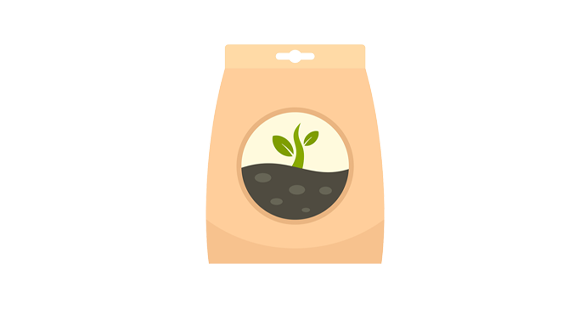
Pack: from 1 seed

Shipping worldwide

Price: from $15

Pack: from 1 seed

Fast ship US only - 1 day

Price: from $80

Pack: from 5 seeds

Shipping US only

Price: from $50

Pack: from 5 seeds

Shipping worldwide
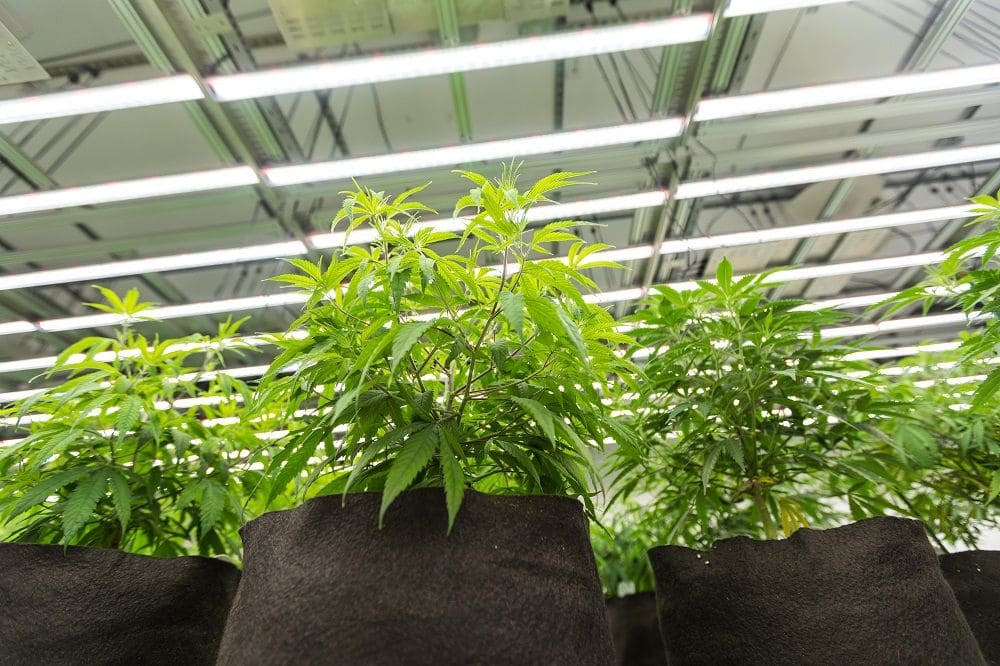
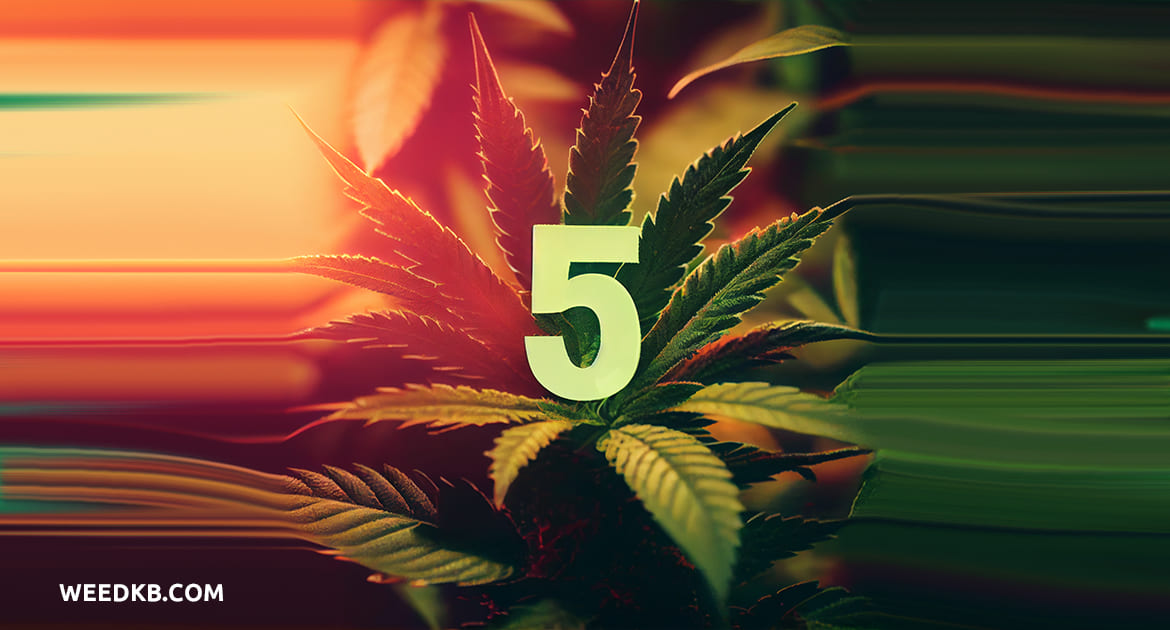
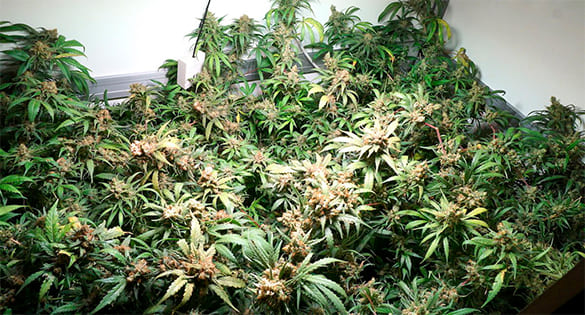

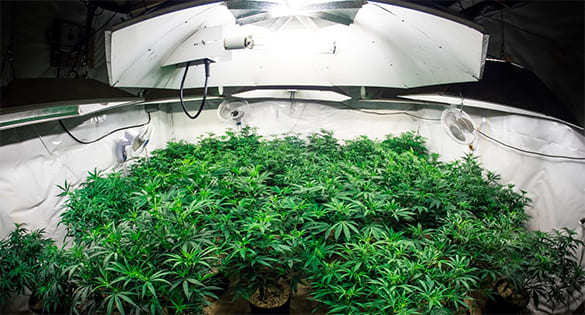
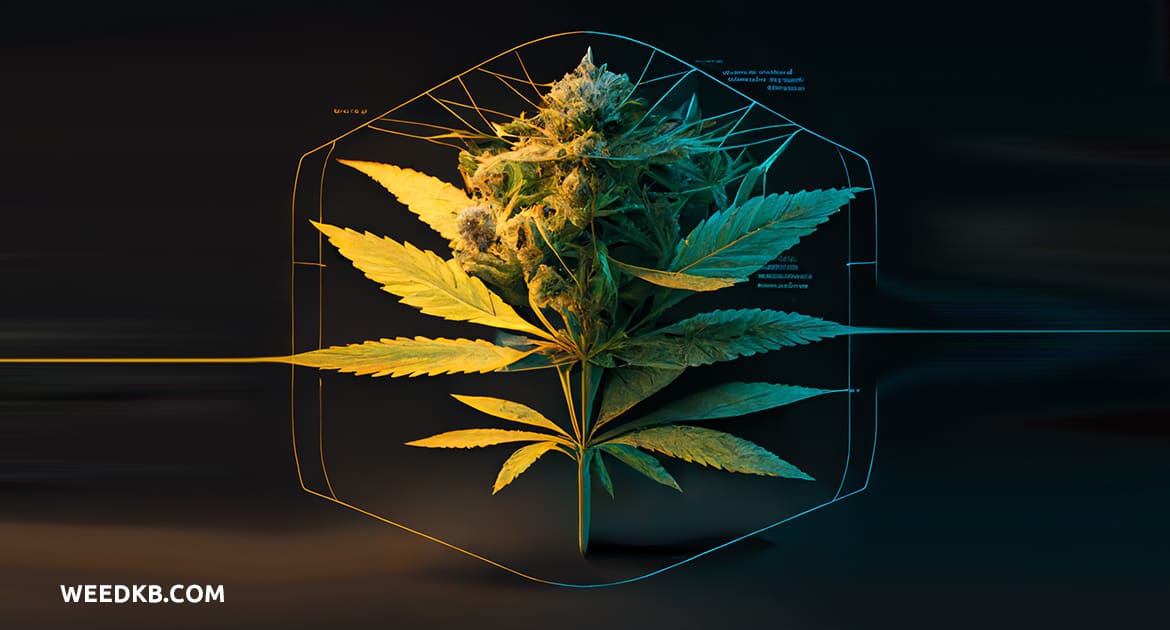
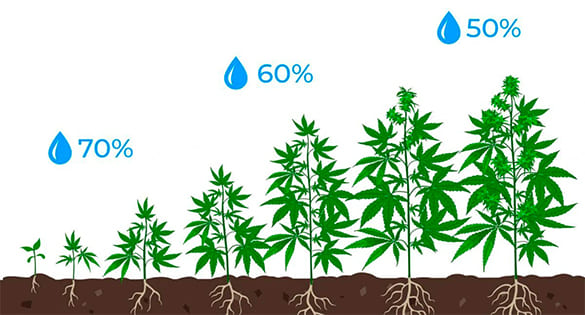




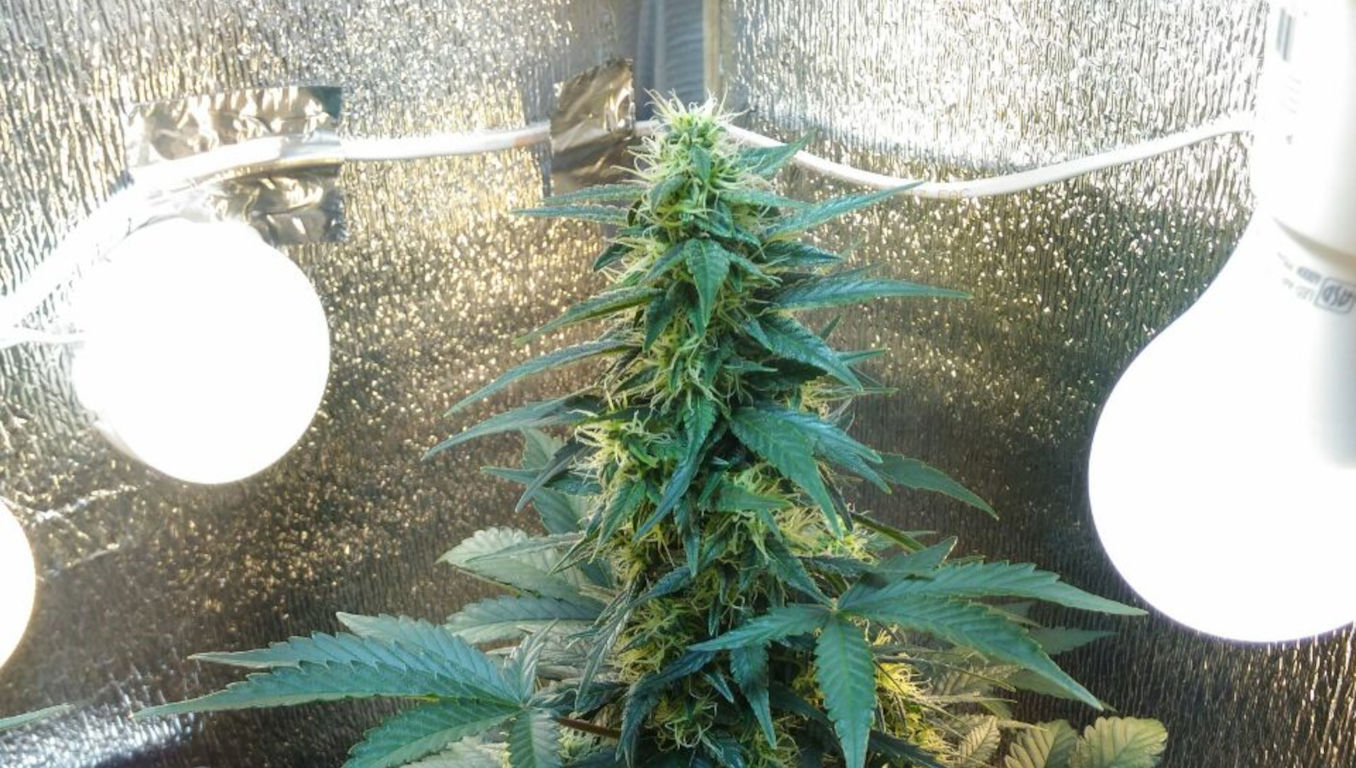
Comments